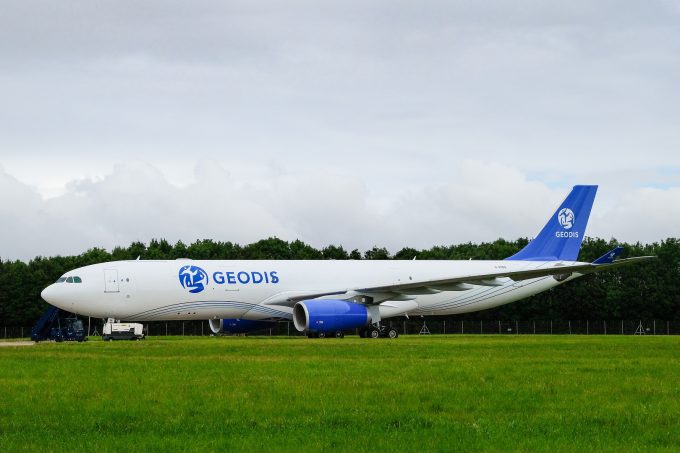White House confirms automotive tariffs – 'a disaster for the industry'
Automotive logistics could be hard hit – with some modal shift to cut costs – ...

A switch to sea-air freight solutions is the favoured move so far by shippers and forwarders in response to the Cape detours resulting from the Red Sea crisis, industry feedback suggests.
Market players appear far more hesitant to make a full-blown shift to air freight, but this could change if attacks on ships by the Houthi militia continue.
As soon as ocean carriers began re-routing vessels around Africa, with far longer transit times to Europe and beyond, French logistics group Geodis suggested ...
'Disastrous' DSV-Schenker merger would 'disrupt European haulage market'
New senior management for DSV as it readies for DB Schenker takeover
Volumes set to 'fall off a cliff' as US firms hit the brakes on sourcing and bookings
Asian exporters scramble for ships and boxes to beat 90-day tariff pause
Amazon pushes into LTL for small package fulfilment and UPS does a u-turn
Temporary tariff relief brings on early transpacific peak season
Pre-tariff rush of goods from US to China sees air rates soar, but not for long
Forwarders 'allowing the fox into the chicken run' by supporting 'hungry' carriers

Comment on this article